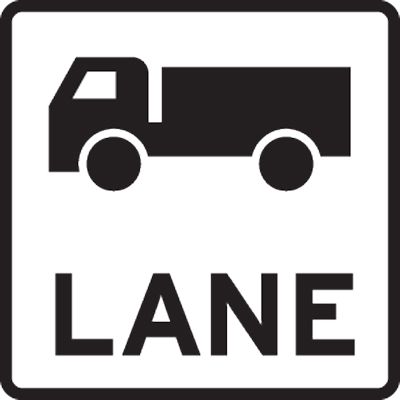Level crossings, parking and truck lanes
NSW rules and safety advice for heavy vehicle drivers on truck lanes, parking and standing, and level crossing access.
Level crossings
It takes heavy vehicles and buses longer than other vehicles to clear a level crossing, so allow extra time to clear the tracks safely.
There may not be enough room to stop on the other side of the crossing, without your vehicle hanging over the tracks. Know your vehicle length and check ahead before crossing to assess the situation. Never cross unless your vehicle can clear the tracks completely.
Your view may be restricted on the left hand side of the vehicle's cabin — be especially aware when the road crosses the track on an angle.
A wide or turning heavy vehicle may damage level crossing signs or signals. Report any damage to the authorities immediately, as it will affect the safety of other road users.
Drivers must be aware of conditional access requirements when travelling over level crossings. See Restricted Access Vehicle (RAV) maps from the National Heavy Vehicle Regulator.
Heavy vehicles carrying high loads or vehicles fitted with long aerials need to be aware of overhead wiring height restrictions at level crossings in electrified areas.
If you are travelling over a level crossing, ensure your vehicle has adequate ground clearance to avoid your vehicle bottoming out on the crossing, or damaging the tracks. If this occurs, leave your vehicle, go to a safe place and call the Police immediately on 000.
Standing and parking
Heavy vehicles (4.5 tonnes or more GVM) or long vehicles (7.5 metres or longer) must not stop on a length of road outside a built up area, except on the shoulder of the road. In a built-up area, they must not stop on a length of road for longer than one hour (buses excepted).
For more information on where vehicles can stand or park, see Parking rules.
Truck lanes
Where a truck lane is marked with a sign, trucks more than 4.5 tonnes GVM must use these lanes.
